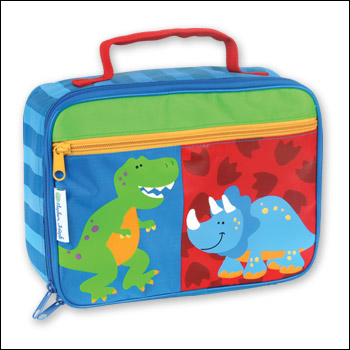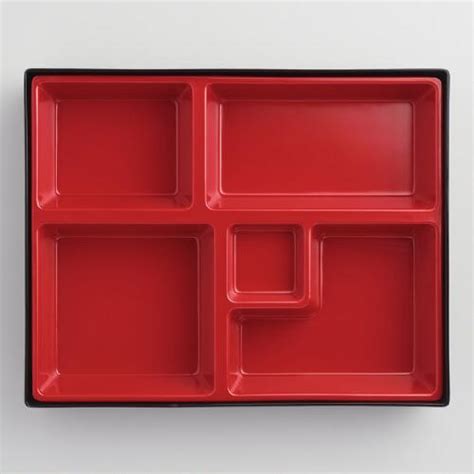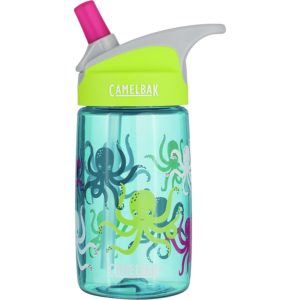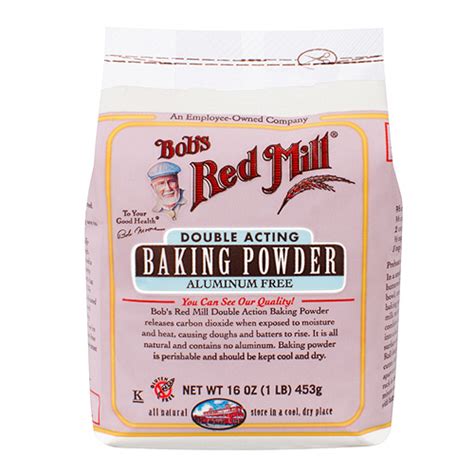
The following guest post was contributed by Dr. Keith Kantor. With Back-to-School just a few weeks away, his tips for making packed lunches easier and healthier is perfect.
As parents, one of the simplest things we can do to keep our children healthy is to nourish them. Developing the right diet will carry over into their adult life, decreasing their risk for developing chronic diseases that are related to weight gain such as Type 2 Diabetes, heart disease, hypertension and thyroid complications.
School lunches are an important part of a child’s diet that affect their overall performance in the classroom, and any after school activities that they participate in. A school lunch that is loaded with processed ingredients and sugar will leave your child with a spike in blood sugars, providing a quick burst of energy followed by a large drop, making them sleepy and lethargic.
The key to a perfect school lunch is balance: good taste, good look, good nutrition. Children truly eat with their eyes and if it does not look good, they probably will not eat it. Get a lunch box they like and instead of filling it with the usual Ziplocs, try using bento boxes. (This works especially well for younger children who love to pick at finger foods.) Bento Boxes come in washable and disposable, so pick whichever option is better for your family.

After you decide on the container, work on the contents. Try to include protein, healthy fats and color: fruit/veggie in each meal and make it more fun by getting kids involved with the planning process.
Have them decide what kind of protein they would like, examples include:
- Nitrate free Kosher lunch meat
- Boiled eggs
- Greek yogurt
- Tuna/chicken salad
Then have them choose their favorite produce:
- Apple slices
- Carrot sticks
- Cherry tomatoes
- Cucumbers
- Mandarin Oranges
- Celery
Don’t forget the healthy fats:
- Hummus
- Guacamole
- Nuts
- Trail mix
- Nut Butter (almond, cashew or sunflower)
Is your child a big eater? An additional snack can be added:
- Berries
- Cheese
- Muffin
- Homemade granola
Need some meal combination ideas? All of these are well balanced and tasty:
- Twist on PB&J (2 slices Whole grain bread, 1-2 Tbs. all natural almond or cashew butter and all natural fruit spread or better yet real berries + 1 apple + 1 serving carrot sticks with 2 Tbs. hummus for dipping.
- Lettuce Wraps with nitrate free deli Kosher chicken or turkey, tomatoes, spinach, 1oz avocado and mustard + 1 c chopped melon + and ¼ c nuts or homemade trail mix
- 1 serving almond crackers + 1c chicken or tuna salad + 1 banana + 1 c cucumber slices with salsa or hummus for dipping
- 6-8oz Greek yogurt + ½ c all natural granola + ½ c berries and 5 celery sticks with all natural peanut/almond or cashew butter and raisins (ants on a log)

If your child is actually involved with the planning process they will feel like they “own” the lunch and will be less likely to throw away things that they do not want. Teachers and cafeteria staff report that fruits and vegetables end up in the trash in most school cafeterias.
Please remember to limit processed grains and empty calories like cookies, crackers, and juice. If they like dessert, pack a piece of dark chocolate. Removing items that are high in sugar like juice and cookies will increase their ability to focus in class.
It has been reported that over 12 million American children are medicated for Attention Deficient Disorder (ADD). Sugar and excessive carbohydrates magnifies symptoms of ADD in children, healthy fats like nuts, and oils help reduce symptoms of ADD.

Drinks are another important area. Always pack water over juice or soda; all humans should aim to drink at least half their body weight in ounces of water per day, even more for those who are active. It amazes me that student athletes will not drink any water at school all day long and then practice out in the sun sweating after school for 2 or more hours. A dehydrated athlete will have a hard time focusing and more importantly could pass out from heat stroke or suffer from other dehydration symptoms.
Packing a water bottle or thermos is the best thing you could send with your child EVERYDAY. All natural Hydroxide alkaline water is even better at reducing their chances of being fatigued and/or dehydrated. The best one I found is AQUA-OH. It is all natural, comes as a concentrate and is the least expensive yet most efficient one out there.
Finally, make sure you keep the lunch at a safe temperature (this is often overlooked). Always pack the lunch in an insulated lunch bag or box with 1-2 ice packs depending on how big the lunch is. Sometimes kids have 4 or more hours before lunchtime, and they store their lunch in a locker that is outside in the heat. If perishable items reach a dangerous temperature they will be exposed to harmful bacteria and could get your child sick.

About the Author:
Dr. Keith Kantor is a leading nutritionist and CEO of the Nutritional Addiction Mitigation Eating & Drinking (NAMED) program. He has been an advocate of natural food and healthy living for 30 years.
He has a PhD in Nutritional Science, a Doctorate in Naturopathic Medicine, and a Doctorate in Business Entrepreneurship. He also holds undergraduate degrees in Biology and Chemistry and served as an Officer in the U.S. Marine Corps.
His lovely wife of 40 years, Karen, works alongside him, helping folks get healthy. Connect with them at Dr. Kantor’s website.
Like this:
Like Loading...









